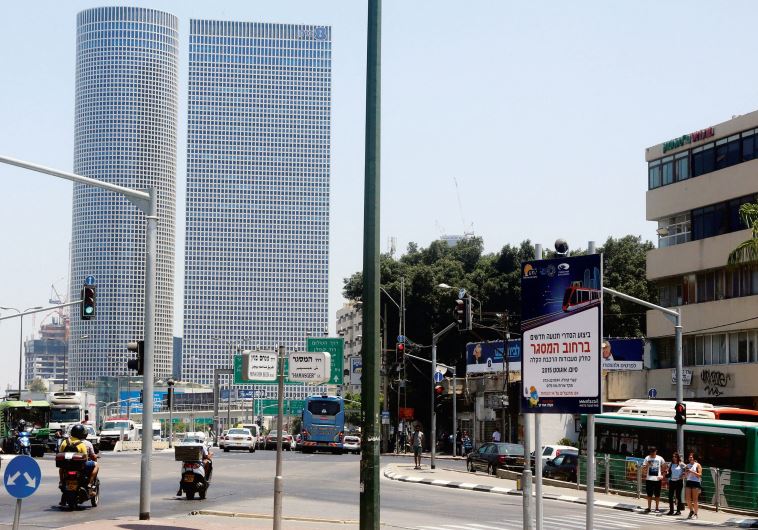Big orange, big chaos
After a century of failed planning, Tel Aviv makes way for a metro system in a brave effort to finally seize its future.
 A sign warns of upcoming light rail construction on Tel Aviv's Hamasger Street(photo credit: MARC ISRAEL SELLEM)
A sign warns of upcoming light rail construction on Tel Aviv's Hamasger Street(photo credit: MARC ISRAEL SELLEM)